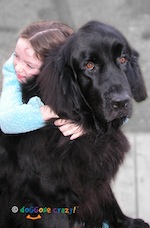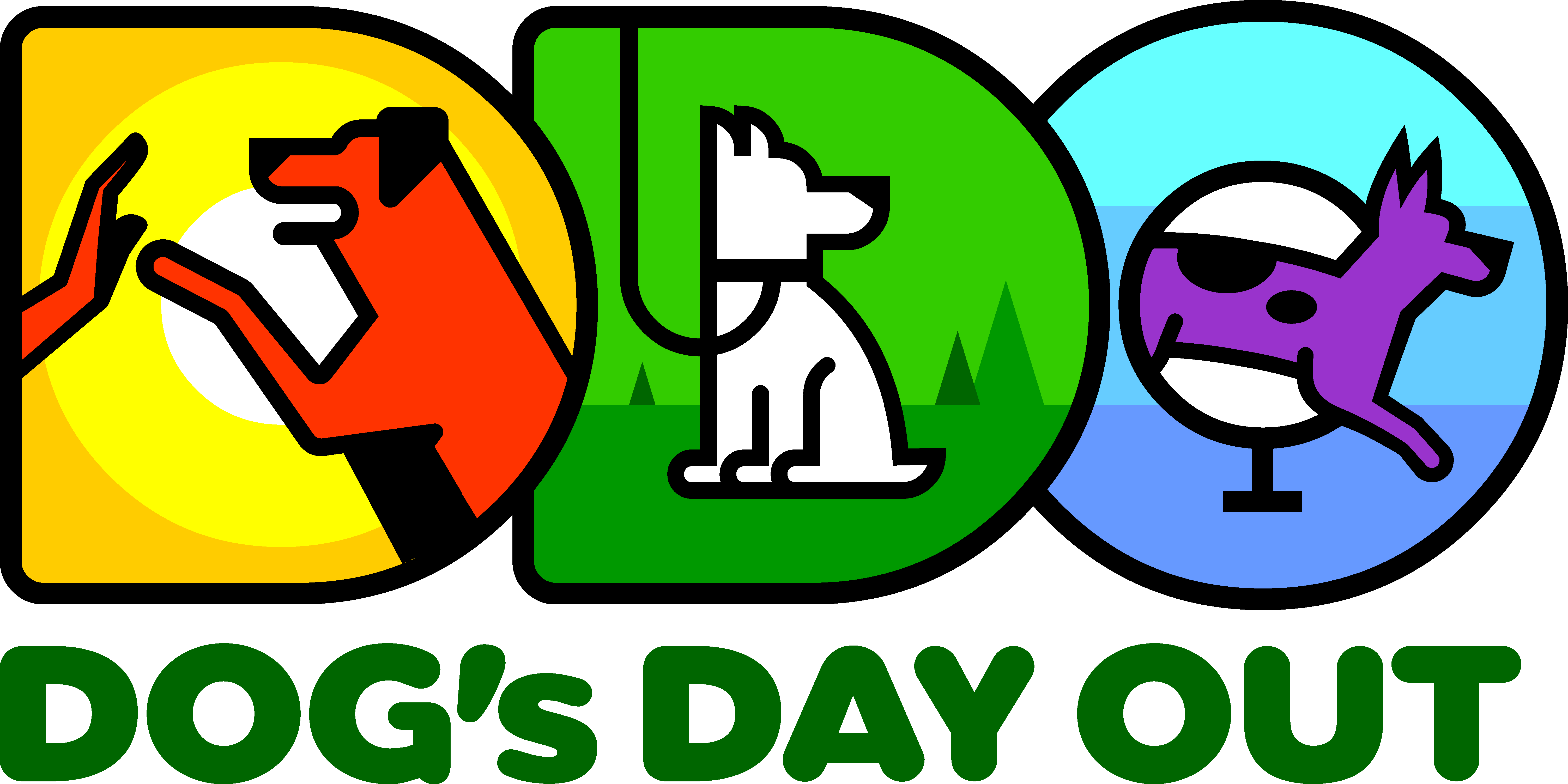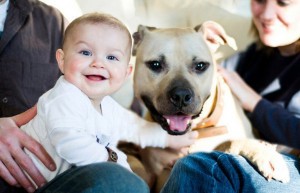
Dog bites are no fun. I’ve been on the end of the leash holding the biter and I’ve been on the receiving end (long ago, when I didn’t know any better!) and both ends stink.
In my work, I see a lot of dogs who bite and even more with the potential to bite. The vast majority of the dogs I see are biting out of fear. No, it doesn’t look like they are fearful and scared to most people; it looks like they are mean, vicious and nasty. Unless you know what you are looking at. Most people do not have any idea that their dog is acting this way because they are afraid. There are certainly dogs that bite for other reasons too but I find them much more rare and so for the purpose of this essay I am talking about the majority of (fear-based) biting dogs I see.
When I meet with these dogs and clients what I find most fascinating is not that the dog I am seeing has bitten but that the person finds it so surprising when it happens. When I meet dogs with a bite history the majority of them are already sending out strong signals that they are about to bite. People just don’t see them. If only people spent as much time and effort learning to “read” their dog, as they did picking out his cute collar and bed… and yes, I too buy my dog cute collars, fancy food and comfy bedding but to me loving my dog is not about all that stuff; instead it is about understanding him, respecting him as a dog and letting him be a dog (that’s a whole other topic…). Humans are supposed to be the more evolved species, right? So then isn’t it our responsibility to figure out how he communicates and what he needs?
A dog that bites is a dog that is under some kind of stress. A dog that bites is a dog that is uncomfortable, maybe scared and/or anxious (anxiety does seem to be a common denominator with many biting dogs). Don’t we feel bad for a child who is scared, anxious or nervous? Don’t we want to help them? If so, why do people come to me angry at their dog who acts this way? Well, because it’s rude to bite. It’s unacceptable. It’s embarrassing to have a dog like this. It makes us mad. The kicker is, if a human can see that their dog is under stress they can remove the dog from that stressful situation and prevent the bite. This has absolutely nothing to do with training or behavior modification. It is simply knowing a dog as an individual, what he can tolerate and respecting his limits. Once we do this, then we can work on (through training and behavior modification) expanding those limits and thresholds.
A dog that bites has been pushed to that point and has most likely given numerous signals that he is uncomfortable prior the bite occurring. The first signal people often notice (because it is auditory) is a growl. Never ever reprimand your dog for growling, it is a warning! Next we may see a lip curl, then an air snap and finally, a bite. Here’s the kicker, even before the growl there is usually an orientation to the subject of the bite, body stiffening/freezing, staring, pinned back ears… lots of signals. Yes, it’s true some dogs give clearer and more obvious signals than others (to generalize, it is usually easier to read an Aussie than a Mastiff!) but with most dogs, some kind of signal is being given. You may need to figure out your dog’s specific signals.
People misread their dogs all the time. A disturbing example I see frequently are photos of children hugging dogs where the dog is half-moon-eyed, ears pinned back with their body pulling away and the photo captions and comments are “soooo cute!” and “best friends.” Ugh. Not cute, best friends -says who? To me, these photos are chilling and unfortunately, I can’t say I’m surprised when that dog bites. No, he didn’t “just bite out of nowhere.” He was telling you all along and he finally had to increase the severity of his message because no one was paying attention! Do some dogs learn to tolerate hugging? Sure they do. Do some dogs actually like it? Sure, I think some actually do. But does your dog like it? Or is he just tolerating you? Does he dislike it so much he could be pushed to bite? Do you know?
Dogs are most apt to bite when they are sleeping, eating or cornered. I think most people understand the sleeping and eating scenarios but cornered is harder to grasp. Cornered just means no easy exit for the dog who is uncomfortable and wants to get outta dodge! Cornered could mean the dog is on leash, therefore unable to escape the situation or he could be on a dog bed that is wedged between the wall and the coffee table with no easy route around the guest who is now sitting on the couch between that wall and coffee table. He could be embraced in a hug, or in a small veterinary exam room. He could be “trapped” in a narrow entrance hallway when a visitor enters your home. Take a look at where your dog’s bed is positioned. Take a look at the entrances and exits he has available if he wants to retreat. Don’t let strangers, dog or human, approach him on leash. (You can read more about my opinion on that here: Leash Greetings).
So, how do we “read” our dogs? Simple – look at his body. Notice what exactly his body looks like (position, tension, gaze) when he is happy and relaxed and see how he looks when he is stressed, nervous, anxious or “mad.” He can’t speak English but he can most definitely tell you how he feels. You just have to notice. You are your dog’s protector and advocate. “Listen” to him! Here’s a link to more specifics on canine Body Language.
When I think about my work, I find some of my most gratifying moments are when I am working with a client and they finally stop blaming and labeling their dog (“stubborn,” “dumb,” “aggressive”). Instead, that person learns how to read and understand their dog. They learn that no, their dog is not any of those labels; he is actually just feeling scared, nervous or anxious. So now, instead of being angry at their dog, they have compassion and sympathy for their dog and are able to take on the role of caretaker instead of enforcer. All of a sudden, that human-dog relationship is transformed from one of angst and opposition, to one of understanding, care and respect. Everything changes. I see it. I see people’s whole attitude and well, body language (!) change around their dog.
The root of training your dog is in your relationship with your dog. To have a good relationship you need to understand (“read”) each other. Changing that relationship to a positive (happy and FUN!), understanding and mutually beneficial one is the best thing I can possibly “train” my clients.
This dog is NOT happy.
This dog is.
Can you tell the difference?

